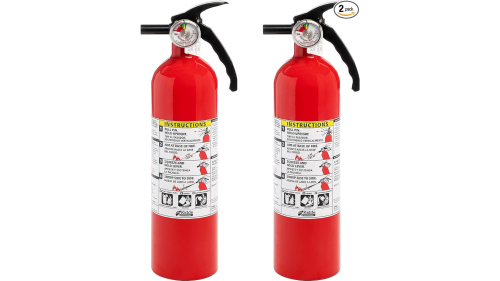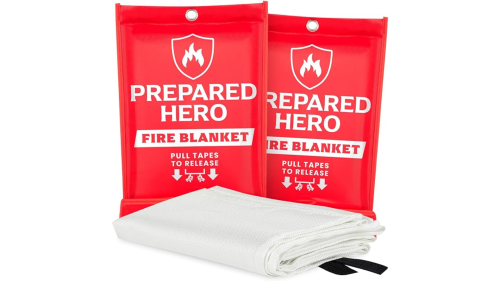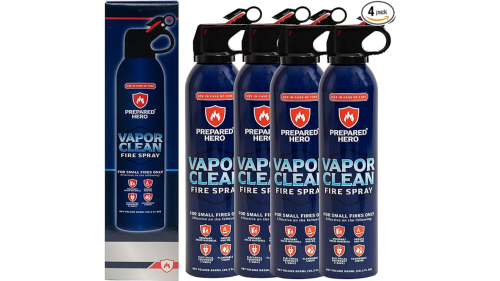Chimney fires are a significant hazard for homeowners, often resulting from the ignition of creosote, a highly flammable residue that accumulates inside chimneys. These fires can cause extensive damage to homes and pose serious safety risks. Understanding their causes, types, and prevention methods is crucial for ensuring household safety.
What is a chimney fire?
A chimney fire occurs when creosote deposits inside the chimney ignite, leading to a fire within the chimney structure. These fires can burn explosively, producing loud cracking noises, dense smoke and intense heat that may damage the chimney and spread to the rest of the house.
How do chimney fires start?
Chimney fires typically start due to the accumulation of creosote, which forms from the incomplete combustion of wood. When the chimney’s internal temperature becomes high enough, these deposits can ignite, leading to a fire.
What are the common causes of chimney fires?
The common causes of chimney fires are:
- Creosote buildup: The primary cause, which results from burning unseasoned wood or improper fireplace use.
- Flue blockages: Obstructions like bird nests or debris can restrict airflow, causing heat buildup.
- Cracked chimney liners: Damaged liners can allow heat to reach combustible parts of the home.
What are the types of chimney fires?
There are two general types of chimney fires:
- Fast-burning fires: These are dramatic, with loud noises and visible flames shooting from the chimney.
- Slow-burning fires: These burn quietly and can go unnoticed, but still cause significant damage to the chimney structure
How do firefighters extinguish chimney fires?
There are three commonly recommended methods for fighting chimney fires based on standard fire service practices:
Top-down attack
Firefighters apply water or fire suppressant from the top of the chimney using a chimney nozzle or a hose line. This method helps cool the flue and extinguish the fire, but must be done carefully to avoid steam expansion that could damage the chimney or force heat into the structure. Some departments use a chimney chain, dropped from the top of the flue, to dislodge creosote buildup from the flue walls and knock it down into the firebox.
Bottom-up attack
Suppression efforts begin from the fireplace or stove opening using extinguishers, water fog, or chimney fire suppressant products like Chimfex. This method is safer in terms of structural preservation but may be less effective for fully involved chimney fires. Another method uses a positive-pressure ventilation (PPV) fan and a pre-cut 4x4 plywood panel with handles to control airflow into the firebox. After confirming the fire is contained to the flue, close all other openings, position the panel, and start the fan. Create a small gap, discharge an extinguisher into the opening, and let the fan push the agent up the flue. After a minute, close the draft, shut off the fan, and confirm extinguishment with a thermal camera.
Let it burn
In some cases, firefighters may let the fire burn itself out under controlled conditions while monitoring for extension. This approach is only considered when the fire is contained to the chimney, and the structure is not at risk.
How can you prevent chimney fires?
As a homeowner, here are four ways to prevent a chimney fire, protecting your family, friends and property:
- Regular cleaning: Have your chimney inspected and cleaned at least once a year by a certified professional.
- Burn seasoned wood: Use dry, seasoned hardwood to minimize creosote buildup.
- Install a chimney cap: This prevents debris and animals from entering and blocking the chimney.
- Ensure proper ventilation: Make sure your fireplace or stove has adequate airflow to promote complete combustion.





